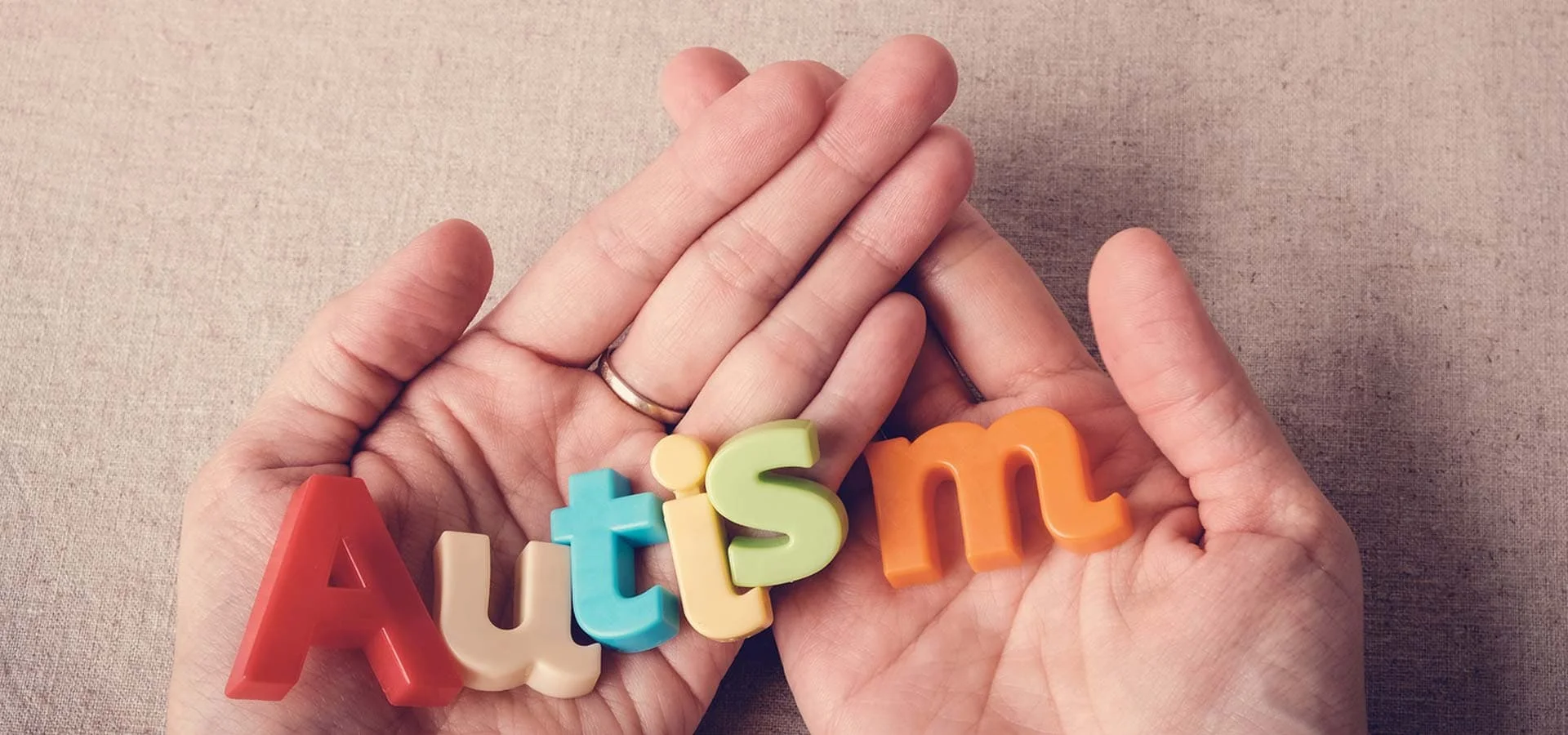Key Takeaways
- Autism Spectrum Disorder (ASD) is a developmental disability with complex neurological alterations linked to a combination of genetic, environmental, and biological factors that influence child development.
- There are five main types of autism on the spectrum, each with distinct characteristics and challenges, including Asperger's Syndrome, Rett Syndrome, Childhood Disintegrative Disorder, Kanner's Syndrome, and Pervasive Developmental Disorder Not Otherwise Specified (PDD-NOS).
- Diagnosing ASD involves a comprehensive evaluation process based on criteria outlined in the DSM-5, focusing on persistent deficits in social communication/interaction and restricted, repetitive behaviors, with treatment tailored to individual needs.
When it comes to types of autism, it’s crucial to recognize the diversity within the spectrum. Each type of autism has distinct characteristics that shape how individuals see the world and interact with others. As you delve into this guide, you’ll discover the core aspects that differentiate types like Asperger Syndrome, Rett Syndrome, and other forms encompassed in the autism spectrum. This article will help you identify and understand these variations, providing you with a foundational knowledge that is critical for anyone touched by ASD.
Autism Spectrum Disorder: An Overview
Autism Spectrum Disorder (ASD), also known as autistic disorder, is a developmental disability that arises from variances in the brain. Behind the scenes, ASD is a complex player, inducing:
- abnormal brain overgrowth
- extensive alterations in the cerebral cortex
- changes in activity patterns within brain networks
- heightened activity in specific brain regions related to autism spectrum disorders
These alterations are associated with ASD and can impact brain development.
But what exactly contributes to the onset of ASD? The answer lies in a blend of genetic, environmental, and biological factors. While genetics carry the majority of the influence, the environment’s contribution is not completely insignificant. These factors influence how a child reaches developmental milestones, potentially causing delays or differences in their attainment.
As we delve into the intricacies of ASD, we realize it encompasses a spectrum of disorders, each possessing unique characteristics. Grasping these diverse types of autism brings us closer to deciphering the enigma of ASD.
The Five Main Types of Autism
Like the hues of a rainbow, the autism spectrum is diverse. From Asperger Syndrome, characterized by language proficiency and intellectual ability, to Rett Syndrome, notable for its pronounced movement difficulties and relative rarity, the spectrum is broad. But the colors of the spectrum do not stop there.
Childhood Disintegrative Disorder, or Heller’s Syndrome, presents as normal development until ages 2-4, after which children begin regressing, losing skills across multiple areas of functioning. Then, there is Kanner’s Syndrome, or classic autistic disorder, a severe form of ASD distinguished by significant difficulties in social communication, impairments in social interaction, and a proclivity for repetitive behaviors.
Lastly, we have Pervasive Developmental Disorder Not Otherwise Specified (PDD-NOS), a condition that encompasses those who do not fully meet the criteria for other specific disorders but still demonstrate impairment in socialization and communication. Recognizing these different types of pervasive development disorder helps us appreciate the diversity within the autism spectrum and the unique challenges each individual may face.
Recognizing the Signs and Symptoms
Identifying autism’s signs and symptoms can be equated with piecing together a jigsaw puzzle. Each symptom, be it delayed joint attention, varied language skills, or repetitive behavior, forms an integral part of the comprehensive ASD picture.
Social difficulties are a notable piece of the ASD puzzle. These can present as:
- Challenges in social communication
- Difficulty interpreting social cues
- Limited capacity for empathy
- Intense focus on specific interests
- Adherence to routines
Recognizing these signs and symptoms can be the key to unlocking the door to early intervention and support.
In adults, the symptoms of ASD may include:
- Challenges in interpreting others’ thoughts
- Struggles in comprehending social cues and nonverbal communication
- Difficulties in social interactions and relationship formation
- Sensory sensitivities
- Intense focus on specific topics
Understanding these signs and symptoms can help adults with ASD seek the help they need and lead fulfilling lives.
Diagnostic Process and Criteria
The diagnosis of ASD can be compared to unravelling a complicated enigma. The process begins with an initial screening to identify individuals who may be at risk for ASD. If the screening indicates a potential risk, a comprehensive evaluation is conducted.
The comprehensive evaluation involves a range of steps, including:
- Interviews
- Observations
- Assessments
- Reviewing medical and developmental history
It is a thorough process that aims to understand the individual’s unique symptoms and challenges.
The criteria for diagnosing ASD, as outlined in the Diagnostic and Statistical Manual of Mental Disorders (DSM-5), encompass enduring deficiencies in social communication and social interaction, as well as restricted, repetitive patterns of behavior, interests, or activities. This diagnosis can be made by a variety of professionals, from developmental pediatricians to psychologists and other specialized professionals.
Treatment Approaches for Different Autism Types
Similar to how a tailor customizes a suit to an individual, treatment strategies for ASD are also individually tailored to accommodate unique needs. Some common treatment options for ASD include:
- Behavioral management therapy
- Cognitive behavior therapy
- Educational interventions
- Early intervention
The options are as diverse as the spectrum itself.
Treatment approaches differ depending on the severity of the condition. For individuals with high-functioning autism, treatment often emphasizes occupational therapy, physical therapy, and talk therapy to enhance social and communication skills, as well as life skills. Conversely, individuals with more severe forms of autism may require more intensive treatment, including the use of medications to manage symptoms.
Among the myriad of treatment options, behavioral modification stands out. By focusing on reinforcing positive behaviors and reducing problem behaviors, it plays a crucial role in helping individuals with ASD adjust to their environment and even influence neural development changes.
Impact on Daily Life and Functioning
Experiencing life with ASD can be equated to navigating a journey strewn with distinct challenges. ASD can significantly impact daily functioning, affecting:
- Executive functioning
- Social interactions
- Sensory experiences
- Daily living skills
The severity of severe autism can influence a person’s daily living activities, leading to impairments in skills such as:
- Sensory processing
- Communication
- Executive functioning
- Social interaction
These challenges can extend into the workplace, where individuals with ASD may encounter difficulties interpreting social cues and concentrating.
Support and Resources for Families
Navigating the journey of ASD can be daunting, but families are not left to tread this path alone. A wide range of specialized treatments are available to assist families in addressing the unique challenges associated with ASD, including:
- Applied Behavior Analysis (ABA)
- Relationship Development Intervention (RDI)
- Speech therapy
- Occupational therapy
- Social skills training
- Sensory integration therapy
These treatments can provide valuable support and help individuals with ASD reach their full potential.
The internet serves as a beacon, akin to a lighthouse, offering support and information to families affected by autism. Resources such as:
- Autism Speaks
- Reading Rockets
- Autism Parenting Magazine
- AANE
- Ambitious about Autism
offer support and guidance, helping families navigate through the challenges of ASD.
The Future of Autism Research
Standing at the threshold of the future, we survey a landscape of autism research brimming with promising potential. Recent studies have focused on understanding the genetic and environmental factors contributing to ASD, as well as investigating neurobiology and brain mechanisms.
The approach to autism research has evolved over time, with a focus on:
- Early detection and intervention
- Exploration of idiopathic and genetically based type of autism
- The interplay between the immune system and gut-brain connections
As we gaze into the future, we can anticipate ongoing progress in understanding the etiology and pathophysiology of ASD, as researchers and scientists continue to unravel the mystery that is autism.
Summary
We’ve journeyed through the vast spectrum of ASD, from understanding its impact on brain development to exploring the different type of autism. We’ve delved into the signs and symptoms, learned about the diagnostic process, and discovered various treatment approaches. We’ve looked at the impact on daily life and functioning, learned about the support and resources available, and glimpsed into the future of autism research.
As we conclude this journey, it’s important to remember that while ASD presents unique challenges, it also highlights the incredible diversity and potential within each individual. The future is filled with promise, and with continued research and support, individuals with ASD can lead fulfilling lives.
Frequently Asked Questions
Meet the Author

Bradley Keys
Bradley Keys is an accomplished writer who has covered a wide variety of health, nutrition, and wellness topics. He graduated with a Bachelor of Science from Florida State University, and has extensively explored a diverse range of subjects within the realms of health, wellness, and nutritional supplementation, showcasing a broad and in-depth understanding of these interconnected fields.









